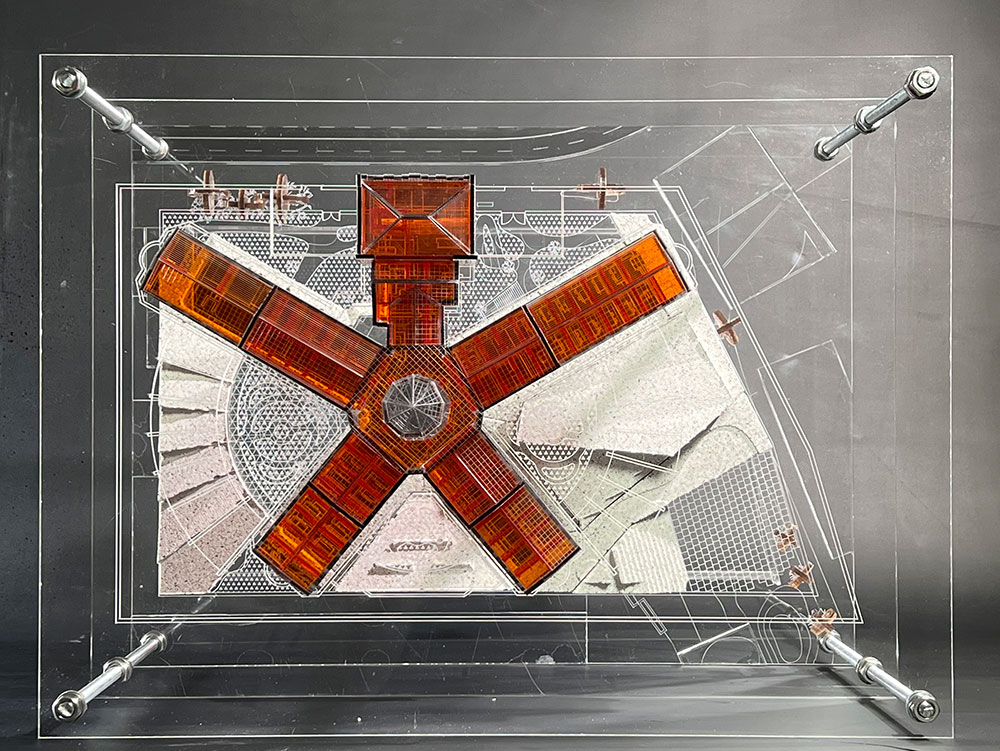Technologies for Post-Pandemic Cities
With the pandemic unfolding in the past two years, we all witnessed an unprecedented technological change in urban life. We began to share the city with a whole new range of technologies (from temperature-measuring robots and disinfecting machines to various apps and contactless technologies). These new technological developments hugely accelerated by the pandemic gradually captivated the popular imagination. Today, increasingly, the ways in which we experience the city are mediated through these new technologies and the ‘real-time’ data that they gather and provide.
In this workshop the students gained extensive knowledge on research methods from Science and Technology Studies (STS) which helped them to explore the role of technology in urban life. Drawing on first-hand ethnographic observations, mapping and secondary materials (archives, news reports, images), the students studied a specific recent technological development, its history, genealogy, existent variations and their spatial spread. They followed and interviewed different groups of urban dwellers, analysed their spatial practices and the different modalities of technological use. This allowed an informed critical reflection on the impact of technologies on social life in the city and inspired a range of design ideas for technological inventions and interventions in the post-pandemic city.
Students
Dylon Kay, Khadijah Binti Norizan, Shola Akinyele, Yuexuan Meng, Chenkai Shao, Maeve Lee, Kehan Zhou, Qipei Fang, Chuyue Jiang, Muhammad Hazazi Bin Mohd Hanafi, Emmanuel Chimere Eze, Brian Cox, Nirupa Subramanian, Ani Nadirah Binti Anuar.


